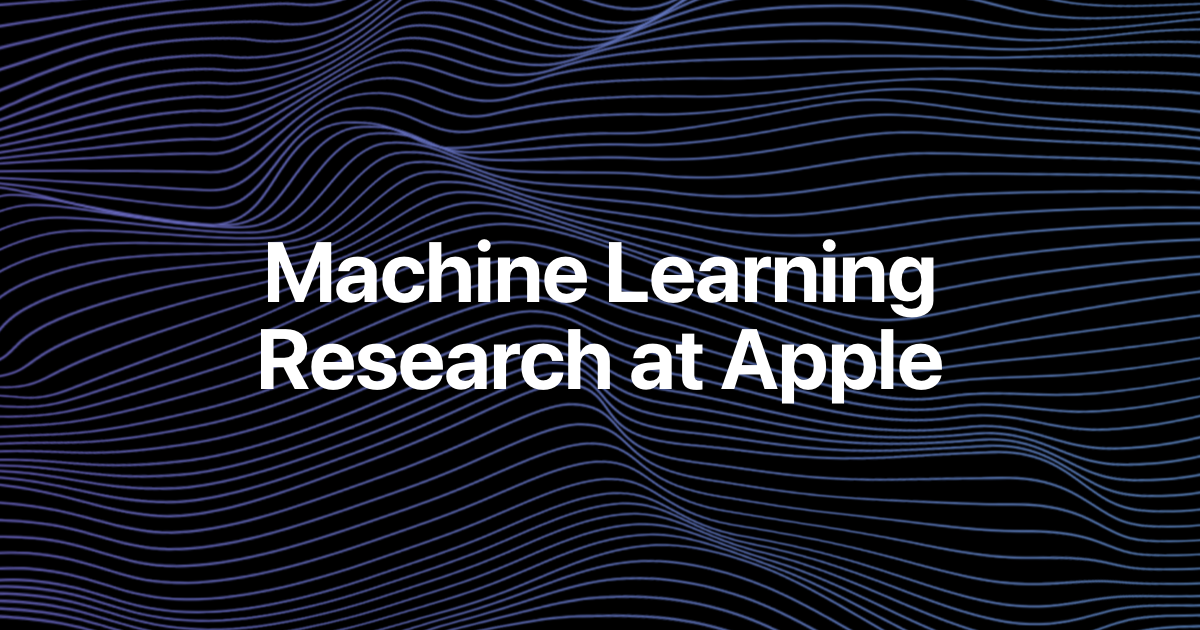Software development is an area where the impacts of generative AI tools are already being seen. Enterprises that embrace these tools can experience significant productivity gains. According to a McKinsey study, software developers can complete coding tasks up to twice as fast with generative AI. Complex coding tasks are not severely affected by generative AI, dispelling worries about AI replacing developers. However, there are “low hanging fruit” use cases where AI can drastically speed up team productivity and improve the developer experience.
Before delving into how generative AI tools can make an impact, it’s important to discuss improving developer productivity with methodologies, frameworks, and best practices. Generative AI is just one tool in the toolbelt.
Measuring developer productivity is a multifaceted challenge, as traditional metrics may fall short in capturing the intricacies of complex workflows. Metrics like lines of code written or hours worked may not reflect the quality or broader impact of a developer’s work. It’s crucial to recognize that developer productivity extends beyond code generation to delivering high-quality outputs consistently while mitigating burnout risk.
DevOps Research and Assessment metrics, such as deployment frequency and lead time, serve as yardsticks for evaluating software delivery efficiency. Project management tools like Jira track progress and manage tasks, while the SPACE framework offers a holistic approach to software development. Implementing Key Performance Indicators and real-time productivity tools provides benchmarks for measuring and improving software developer productivity.
Generative AI can streamline development workflows by eliminating repetitive tasks, providing natural language interfaces, suggesting improvements to code, translating code, automating test case creation, detecting bugs, and creating personalized development environments. These tools can enhance productivity and improve the coding experience.
Generative AI in coding works by leveraging machine learning models trained on large datasets of code. These models understand the structure and syntax of programming languages, generating code snippets based on input prompts. Developers can provide feedback to improve the model’s outputs over time.
While generative AI is a powerful tool, it should be used responsibly as an augmentation tool, not a substitute for human creativity and expertise. Developers should validate generated code thoroughly and complement AI outputs with their own understanding.
In a hypothetical use case, a programmer integrates generative AI into her workflow to expedite coding tasks for a complex web application feature. By defining requirements and using a generative AI tool trained on web development code, she accelerates the coding process and improves productivity.
Source link























